Meet Rodrigo Arruda | Visual Artist
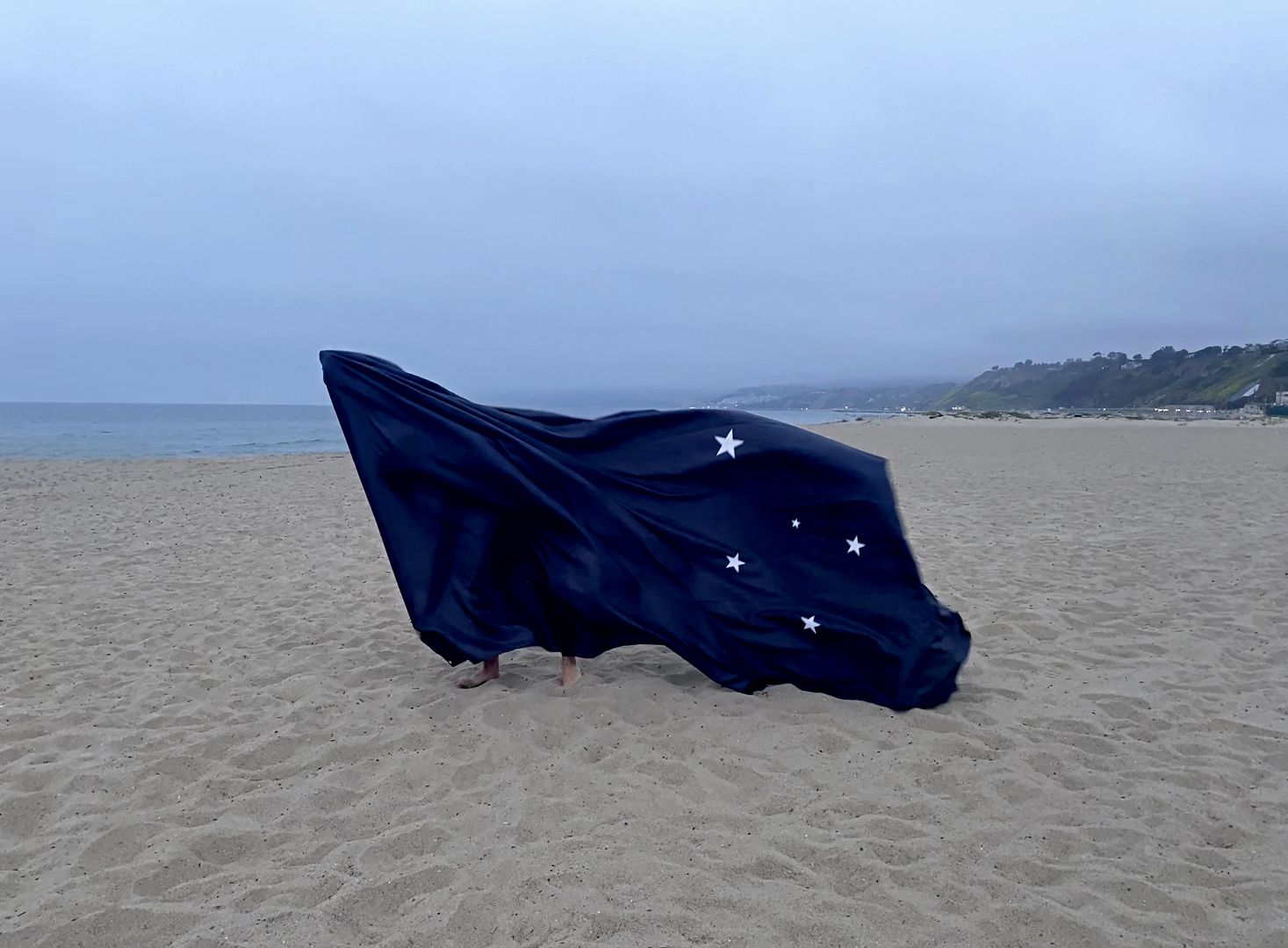
We had the good fortune of connecting with Rodrigo Arruda and we’ve shared our conversation below.
Hi Rodrigo, is your business focused on helping the community? If so, how?
I have been passionate about languages for many years (I speak Portuguese, English, Spanish, French) and in 2019 I started to study Brazilian Sign Language (LIBRAS). Sign languages in general are extremely visual, and facial and body expressions are just as important as the words themselves. What started out as an interest in that language quickly became a strong involvement with the Deaf community in São Paulo and the beginning of a lifelong passion, perhaps even stronger than my passion for art. Currently, I am working on a project for Bienal Sur (International Biennial of Contemporary Art of the South) which will involve every main sign language from each country in South America (Argentina, Bolivia, Brasil, Chile, Colombia, Ecuador, Paraguay, Peru, Uruguay, Venezuela).
It is not uncommon for people with hearing privileges (like myself) to think that there is only one “universal” sign language, when in reality each country has a unique one, as well as other sign languages that are only spoken in villages and indigenous tribes. Sign languages in general tend to vary considerably according to region because there is not a mainstream means of communication for deaf communities, such as TV, radio, newspapers, etc. So I believe that the plurality of sign languages in this project will be very interesting. Another important aspect of my research is the critical awareness of my position of privilege as someone who can hear and lives in a society that was thought and designed by people with hearing privileges. From the conversations I have had thus far, it is very important to have representation of people with hearing disabilities in the videos, and I make a conscious effort to always ask different deaf members of these communities how they feel about the project, while always being open to change the work depending on their feedback. In addition, I intend to organize a panel about cultural appropriation in relation to deaf communities.
The base for the videos will be “Zombie Cattle”, a manifesto written in Brazilian Sign Language and English at the same time. Images of horns and cattle intrigue me in that they can be allegories of male dominance used by or associated with the far-right in Brazil and in the US (two of the world’s main exporters of cattle). I also associate cattle with the total annihilation of individuality, as well with the brutal commodification and consumption of flesh. The zombie is known to have originated from Haitian folklore in the 17th century, and it has since become an arguably ubiquitous and overused trope. Nonetheless, the zombie can still be powerful in what it represents. The zombie has already lost its life, but refuses to die. It has lost all hope, but continues to move. The “Zombie Cattle” is also no longer edible, and it can make the colonizers part of its herd, forcing them to face their own repressed cannibalistic desires.
The videos in sign languages will be overlapped by the written manifesto in Spanish, Portuguese, and English. When I intersec different languages in my work, I enjoy thinking about the creation of non existing languages that could emerge from the “in between” languages. While some of the videos will present the entire manifesto, others will focus on specific words or sentences that are more charged and intriguing. For instance, the manifesto mentions “Horny master of horns”, which is very different in meaning than “Cornudos señores de los cuernos”.

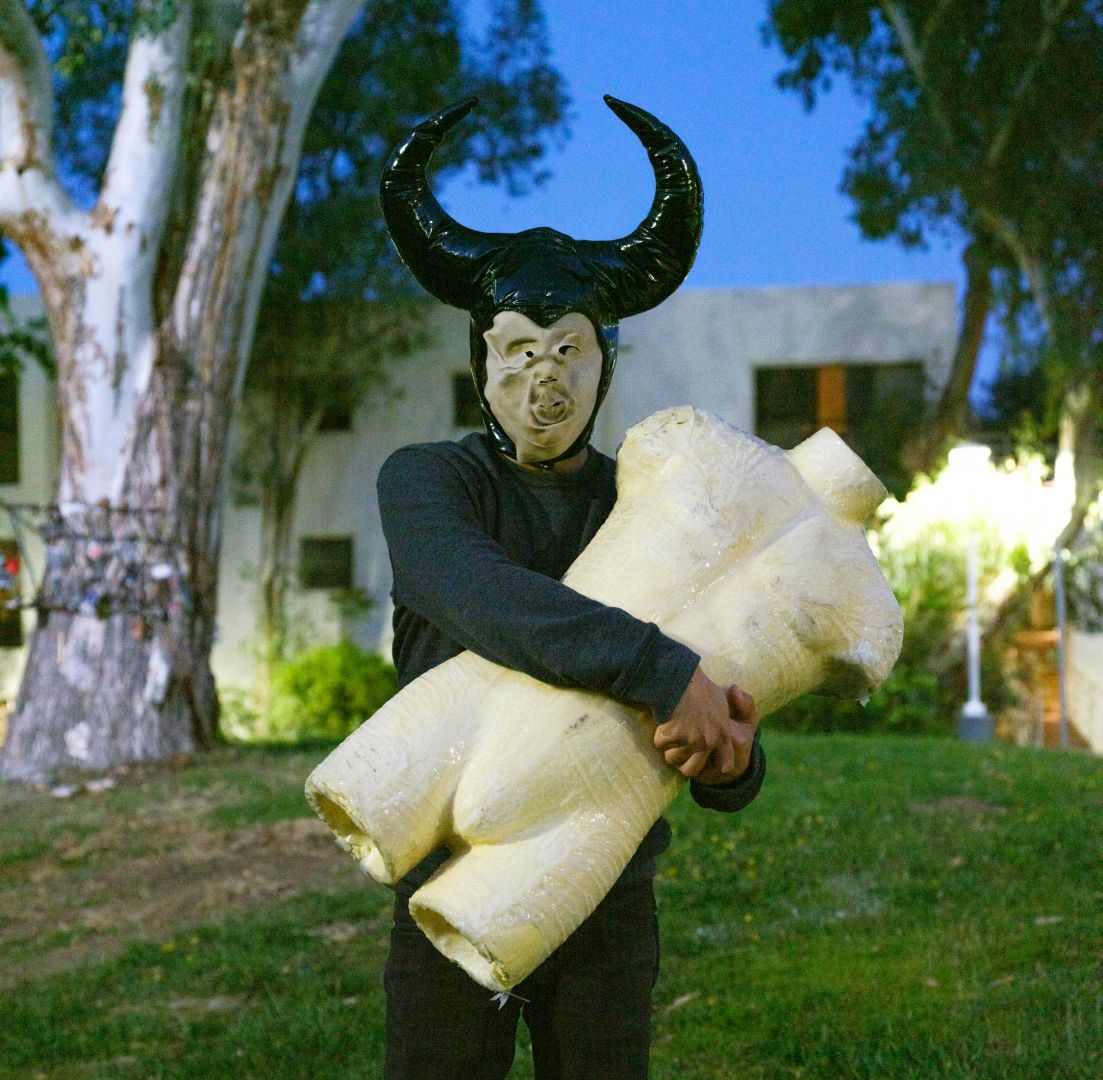
Alright, so let’s move onto what keeps you busy professionally?
“Cruzeiro do Sul” (“Southern Cross” or “Crux”) is an important constellation in Brazilian history. It was originally used as a sky-compass by the first colonizers to land in Brazilian lands and it received this name because the alignment of the stars resembles a cross that points south – in addition to the fact that the constellation can only be seen from the Southern hemisphere. It has since become an ubiquitous symbol in Brazil, and it is present in the Brazilian flag. This inspired me to create my own flag using the same constellation. However, in my piece, the main color of the flag is black, like a dark sky or some kind of affirmative absence, and the constellation is flipped, disoriented; pointing nowhere north. The intent was to think of somewhere that hasn’t been captured nor described by cartographic coordinates. A direction, but not necessarily an end point.
Before I created this piece, I had been inspired by the work “Cruzeiro do Sul” (2018) by Brazilian artist Flora Leite, in which fireworks are blown up in the sky mimicking the constellation. A few years later, during my master at CalArts, I took a class called “Aliens on Screen”, with Eduardo Thomas, where we studied how the viewing of the galaxy has historically been embedded in colonialism. “Cruzeiro do Sul”, for instance, had been used as a religious symbol by colonial navigators, thus marking the beginning of South America’s colonization as well as its entry in the Western European History. On the other hand, this constellation has also been used for centuries by many indigenous tribes in the global South, including South America and Australia.
Recently, I worked with this flag piece for a show called “Swept Away: Love Letters to a Surrogate” (curated by Anuradha Vikram, Christina Strassfield, and Renee Petropoulos), which took place in LA and NYC. For this show, I walked from the Brazilian Embassy in Los Angeles to the exhibition’s site at Santa Monica’s beach (a 11 miles/18 km walk). Once I got there, I extended the flag “Cruzeiro do Sul” on the ground, its stars pointing south, and buried it with sand, leaving only the stars uncovered. I then began walking backwards onto the ocean, while I performed a text in Brazilian Sign Language that asked questions such as: “What are your oceans? How salty are you?”. The performance went nothing like I expected. Since my eyes were closed, I ended up walking in curves, almost in circles. It felt like the ocean was playing a trick on me, which was very funny and interesting.
The unexpected outcome of this performance made me think of my experience working in Simone Forti’s retrospective at the Museum of Contemporary Art. Most of my own work comes from ideas, which I then execute. However, in these performances – and in much of Simone’s work – you have to think with the body and allow your own bodily movements to surprise you. For these performances, I felt that different parts of my body had to be activated, which made me question the boundaries between instinct and social memory. The human body can allegedly carry the memory from previous generations and ancestors. Could a “social gesture” become an instinct over time if it is reproduced long enough? For instance, if “shaking hands” continues to be used as a greeting gesture for generations to come, would that be imprinted in the body even if the gesture of shaking hands itself loses its original meaning? I believe that sign languages can open a door for these relationships to be investigated and for the creation of new languages in which the body and physical gestures could be the vessel for daily communication.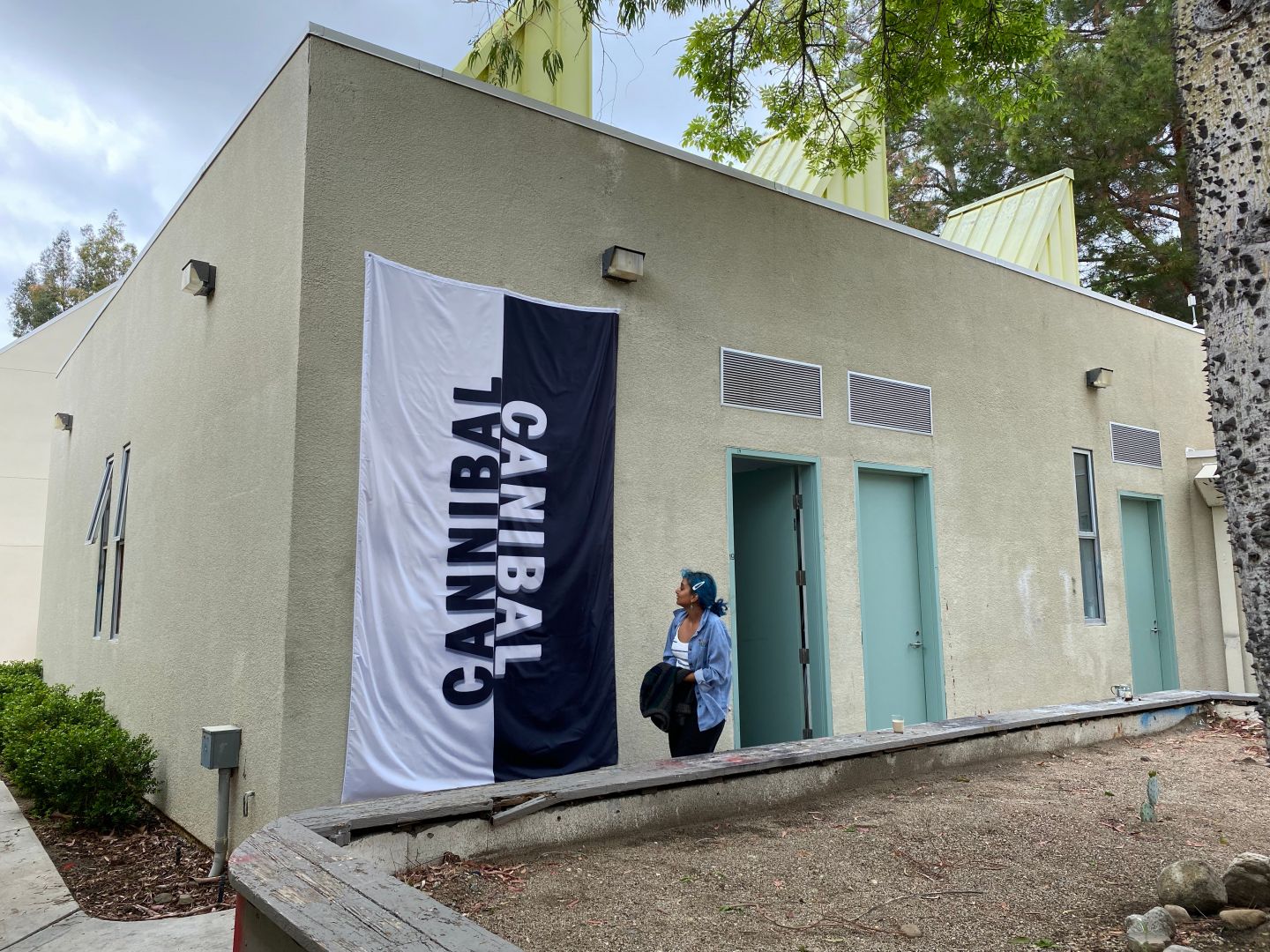
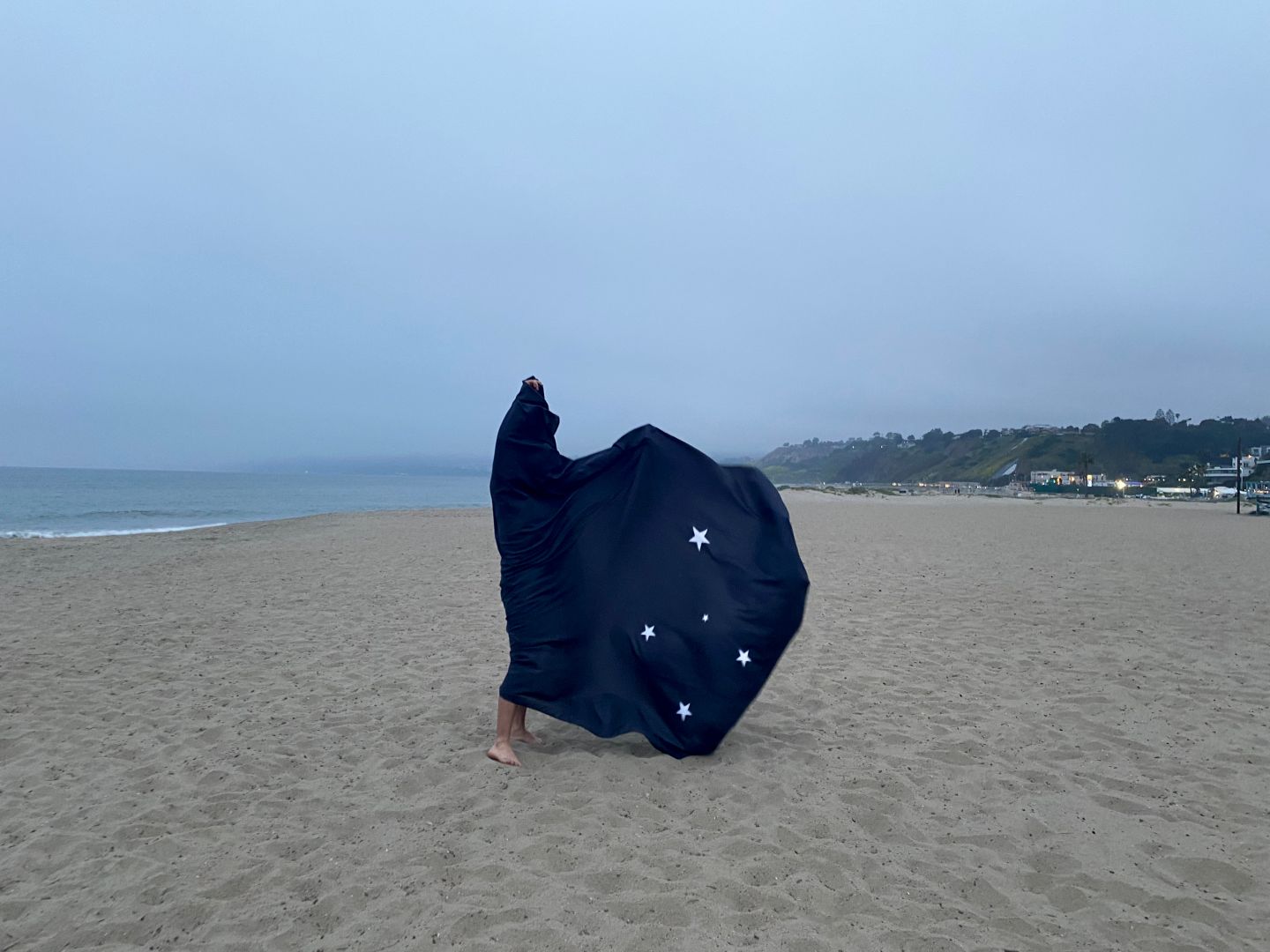
If you had a friend visiting you, what are some of the local spots you’d want to take them around to?
“How a Tortoise Killed a Jaguar and Made a Harmonica of its Bones” is one of many Brazilian indigenous myths regarding the Tortoise. Similar to stories about the Rabbit in North Africa, or the Fox in Western Europe, the Tortoise is an animal who, by being cunning and mischievous, manages to overpower much larger, stronger predators. This myth was published in “Amazonian Tortoise Myths” (1875) by Canadian-American geologist Charles Frederick Hartt, who traveled to South America in order to assist Swiss-American biologist Louis Agassiz with his theory of the “superiority” of the “Caucasian race.” I first became acquainted with this text through Brazilian artist Renan Marcondes, and I was interested in subverting the colonial and racist aspects regarding the backstory of this myth.
In this myth, the Tortoise sees the Monkey eating fruits on the top of a Palm Tree and asks for some of it. After carrying the Tortoise to the top of the Palm Tree, the Monkey says it will be right back, but does not return. After several hours, the Tortoise realizes that it is stuck with no means to get down safely. However, the Jaguar happens to be walking by, and it thinks that it can deceive the Tortoise by offering to help it get down. The Tortoise, who is smarter than the Jaguar, pretends to accept the offer. It then jumps from the Palm Tree, but flips itself midway through the fall, landing with its hard shell onto the Jaguar’s head, thus killing the feline. A few days later, the Tortoise comes back to the scene and finds the Jaguar’s bones laying on the ground. It then takes one of the bones and carves it into a little harmonica, which it uses to tell this story.
This myth, like most allegories, can be interpreted differently depending on the reader’s context. It could be seen as a neoliberal lesson, in the sense that it can suggest that all it takes for power relationships to be changed would be individual effort. However, considering the origin of the story, I see an interesting allegory for anti colonialism. This ambivalence interests me because I am working in two different cultures/societies (Brazil and the US), and my position changes depending on which context I decide to use as a referential. In the US I would see myself as a Tortoise, but when I consider the origin of the story – native indigenous tribes – I identify myself as the Jaguar, which can represent the imperial, non indigenous force of that land.
In addition to this story, I am working on a series of photography/archival works with a critical perspective on Brazilian history. Brazil was founded on colonialism, genocide of native indigenous populations, and enslavement of millons of Africans. In this project, I will create different visual maps using elements from historical artworks and photographs, and I will also create my own photographs with masks, costumes, and artificial identities. This series will touch on elements of the history of racism in Brazil while questioning my position in this history. As someone who descended from Western Europeans, my history as well as my family’s are embedded in this colonialism. This, of course, is part of a history shared by millions of Brazilians who also descended from Western Europe and who, in many ways, benefit from the results of this colonization, even if they are critical of it.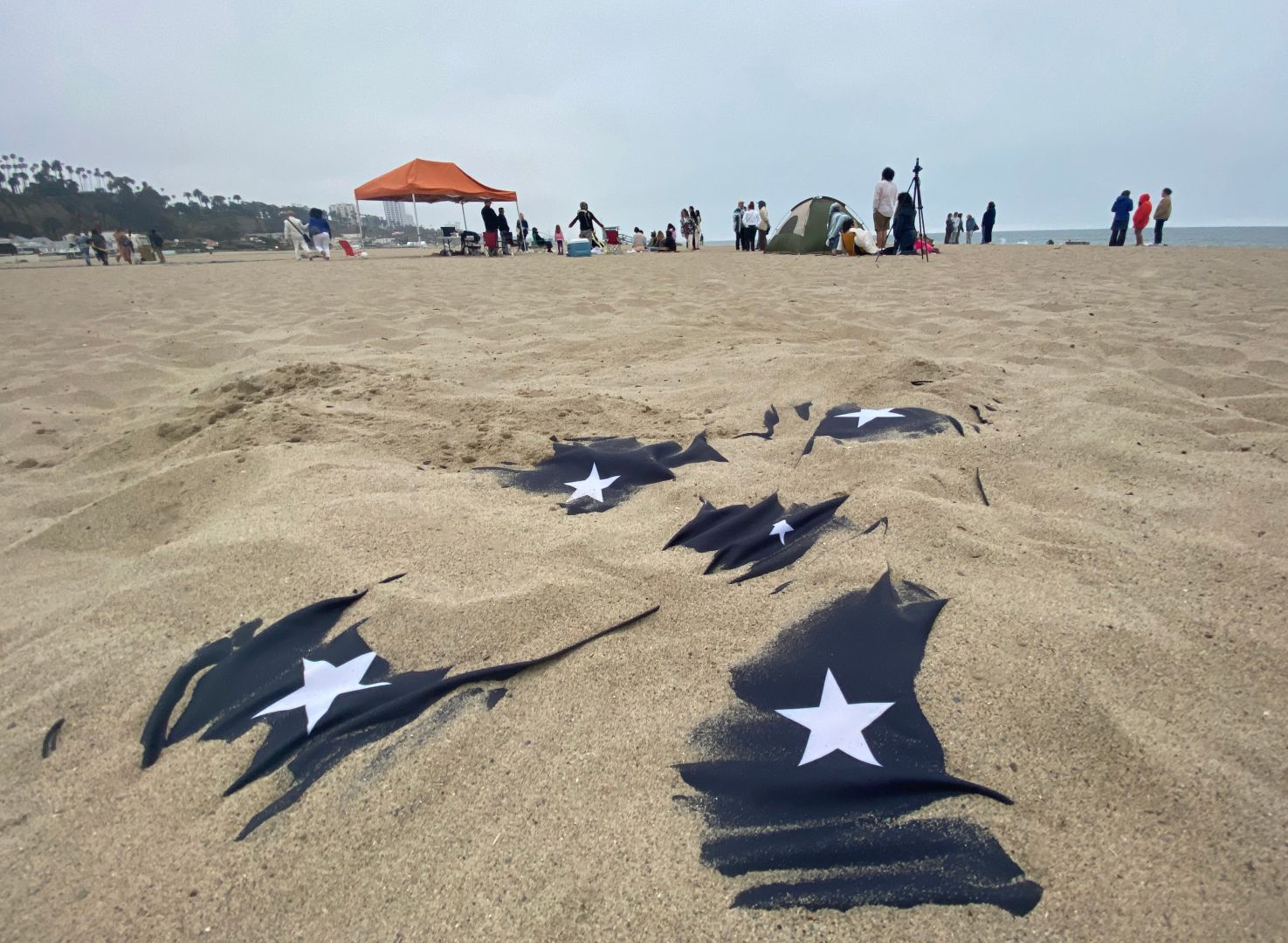

Who else deserves some credit and recognition?
Alex Sloane, associate curator at MOCA, is curating an amazing series of experimental performances at MOCA Geffen (such as the great “A Plot/A Scandal” by Ligia Lewis) and I recommend everyone to check it out! Joseph Valencia, who co-curated the amazing “Sonic Terrains in Latinx Art” (Vincent Price Museum, 2022) together with Arellano Vences and Pilar Tompkins Rivas, was recently appointed Curator of Exhibitions at the Vincent Price Museum, and we can expect great things from that. A shout out to Anuradha Vikram and her new book “Use Me at Your Own Risk: Visions from the Darkest Timeline”, which is a speculative novel set in 2046 that asks us to question our role in the destruction of our environment, the impact of automation on society, and heightened inequity across class, race, and gender.
Another meaningful moment for me was to be part of the Simone Forti’s retrospective at MOCA. I was daily inspired by the other performers and I am grateful to have worked with some many wonderful people (which I portray in a collection of polaroids that I took during the exhibition run). So a shout out to everyone who was part of that journey: Loay Al Derazi, Alan Duff Berman, Miles Brenninkmeijer, John Brutle, Kyla Carter, Milka Djordjevich, Alexsa Durrans, Gabriela Enciso, Jennifer Galipo, Abriel Gardner, Chelsea Gaspard, Peter Kalisch, Zoe Rappaport, Kim Schnaubert, Michelle Sui, devika wickremesinghe, Melina Wilcox, Carmela Hermann Dietrich, Sarah Swenson, Rebecca Lowery, Alex Sloane, Jason Underhill, Amelia Charter, Lauren Crow, and Emma Alley.
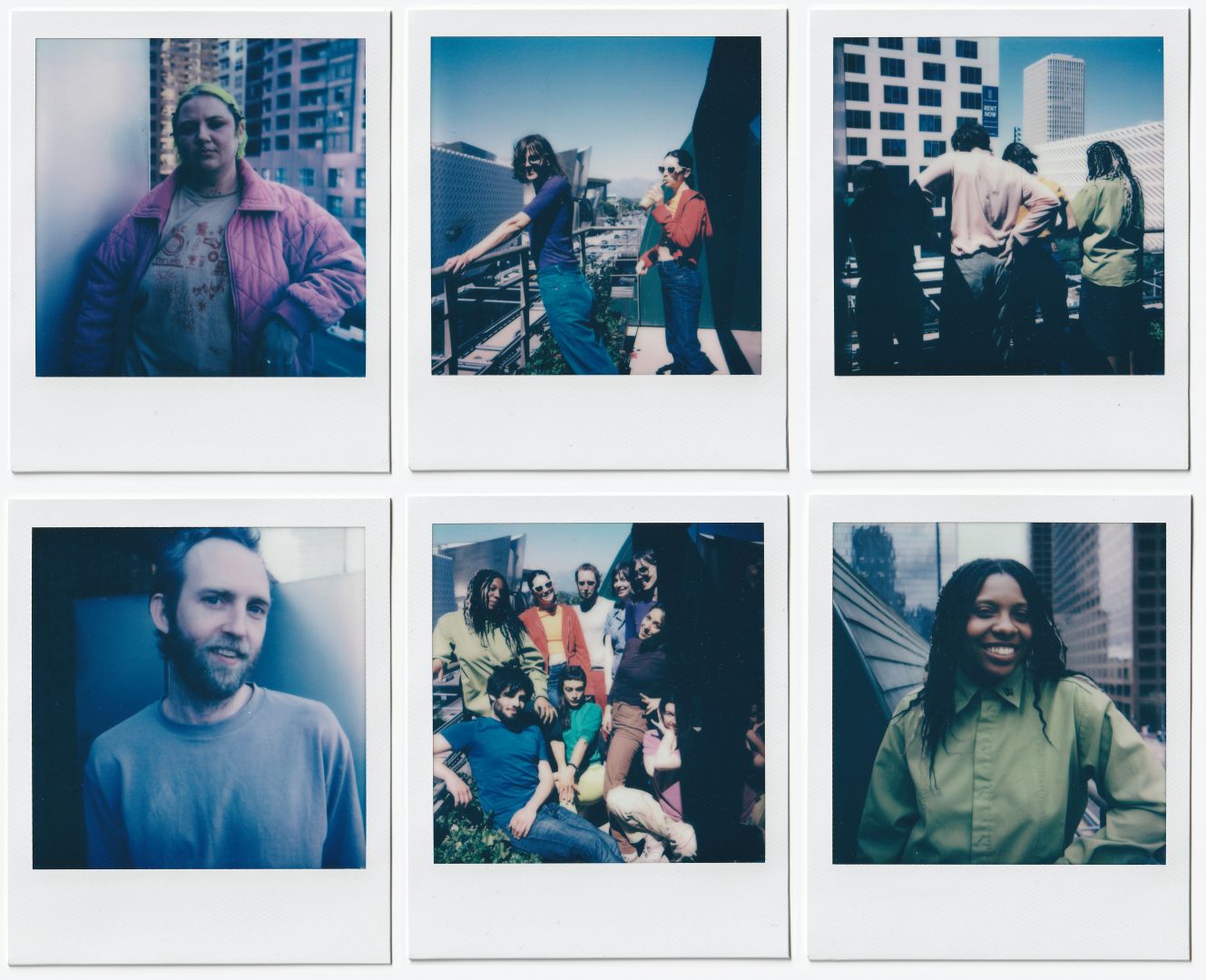
Website: www.rodrigoarruda.com
Instagram: rodrigoarrudaproto
Image Credits
Justin Serulneck Malte Saenger Julia Thompson
